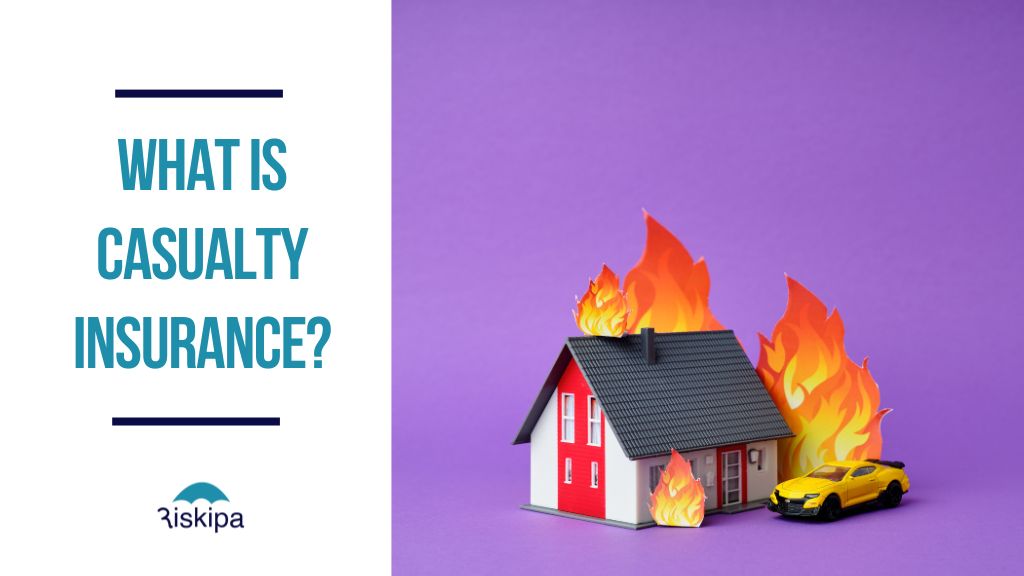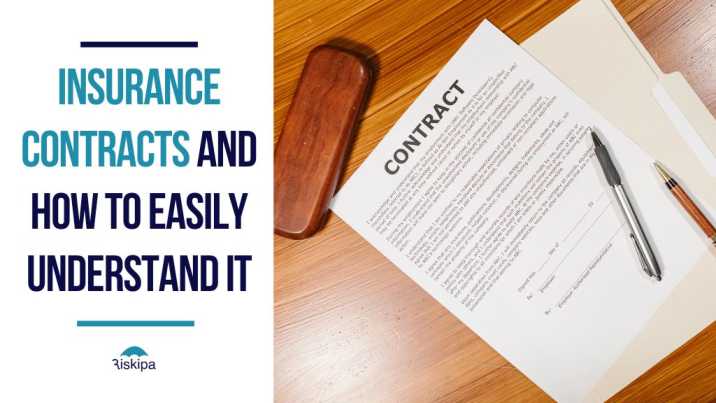
If you want to know all about mortgage insurance, then this guide is for you. We are about to explore what mortgage insurance is, how it works, and what it will cost you to obtain it.
Keep Reading!
What is Mortgage Insurance?
Mortgage insurance is a financial product that gives protection to lenders should a borrower default on their property loan. That’s, it serves as an umbrella for lenders by offering them a form of insurance coverage. This insurance policy may seem like insurance for homeowners, but it’s essential to note that it majorly benefits lenders, not borrowers.
Why is Mortgage Insurance Required?
Mortgage insurance is typically needed when borrowers make a down payment lower than 20% on their home purchase. This is because lenders consider loans with lessee down payments to be riskier. Should a borrower default on their mortgage, the lender would have low equity in the property to regain their investment. However, this insurance gives security to lenders in such situations, mitigating the risk related to low down payment loans.
Read Also: What is Deductible Insurance?
Understanding How It Works
The main role of mortgage insurance is to reduce the risk for lenders in case of borrower default. It offers a safety net by compensating the lender for a part of the unsettled loan balance if the borrower does not meet their mortgage payments.
Types of Mortgage Insurance
Private Mortgage Insurance (PMI)
PMI is the most common type of mortgage insurance. It is mostly needed for typical loans and is offered by private insurance firms. Additionally, borrowers pay monthly premium fees that are added to their mortgage payment, until the loan reaches a specific loan-to-value ratio.
Mortgage Insurance Premium (MIP)
MIP is needed by borrowers who acquire loans backed by the Federal Housing Administration (FHA). Like the PMI, MIP gives security to lenders from losses in case the borrower defaults on the mortgage.
Lender-Paid Mortgage Insurance (LPMI)
Here, the lender pays the mortgage insurance premiums instead of the borrower. Moreso, LPMI is typically available for conventional loans and may be provided as an alternative to PMI.
Read Also: What is Tenant Insurance?
How Much is Mortgage Insurance?
The cost of getting this insurance is determined by several factors, including:
1) Loan-to-Value Ratio (LTV)
LTV is the percentage of the loan fee compared to the estimated value of the property. Note that a greater LTV ratio indicates a greater risk for the lender, giving rise to a higher mortgage insurance premium fee. Furthermore, as the borrower pays down the mortgage and builds home equity, the LTV ratio decreases, plausibly resulting in a decrease or cut in the policy.
2) Credit Score and Financial History
Borrowers with greater credit scores and more solid financial history are commonly perceived as lower risk by lenders. However, they may be given lesser mortgage insurance premiums. On the flip side, borrowers with lesser credit scores or a history of financial risks may face greater premiums to rectify the increased risk.
3) Property Type and Location
The type of property and its location can also influence how much you pay for mortgage insurance. Specific property types, such as condominiums, may have greater insurance premiums owing to factors such as joint ownership and extra risks. Likewise, properties established in locations liable to natural disasters or with greater foreclosure rates may also give rise to larger premiums to counterpoise increased risk.
Conclusion
Knowledge about mortgage insurance and its intricacies is vital for homebuyers looking to secure a loan. Therefore, a full grasp of its basics, the different types available, and considering the factors that influence its cost, will help borrowers make streamlined decisions.
Editor’s Recommendations:
 Colors
Colors 








